In today’s modern technological age, smartwatches have revolutionized the way we interact with the world around us. But did you know that they also play a crucial role in assisting individuals with disabilities? Whether you have a visual impairment, limited mobility, or a hearing impairment, smartwatches can greatly enhance your daily life by providing features and functions tailored to address your specific needs. In this blog post, we will delve into the ways in which smartwatches cater to the needs of people with disabilities, and how they can empower you to lead a more independent and connected life.
Table of Contents
Key Takeaways:
- Accessibility features: Smartwatches offer a range of accessibility features such as voice commands, haptic feedback, and customizable interfaces, making it easier for people with disabilities to use the device.
- Health monitoring: Smartwatches come with built-in health and fitness tracking features that can cater to the specific health needs of people with disabilities, allowing them to monitor their health and stay active.
- Communication and assistance: Smartwatches enable people with disabilities to stay connected and seek assistance in case of emergencies through features like text-to-speech, quick access to emergency contacts, and GPS tracking.
Design Considerations for Accessibility
The design of smartwatches plays a crucial role in making them accessible to individuals with disabilities. As a user, it is important for you to have a device that meets your unique needs and provides a seamless experience. When it comes to designing smartwatches for accessibility, there are several key factors that need to be taken into consideration.
Ergonomics and Size Adaptability
One of the most important aspects of a smartwatch’s design is its ergonomics and size adaptability. For individuals with disabilities, it is essential that the smartwatch can be comfortably worn and easily manipulated. This means considering factors such as the size and weight of the device, as well as the placement of buttons and controls. The ability to adjust the strap or band to fit your wrist comfortably is also crucial, ensuring that the smartwatch remains securely in place without causing discomfort.
Aesthetics and Customization Options
In addition to functionality, aesthetics and customization options are also important considerations for individuals with disabilities. Having the ability to customize the appearance of the smartwatch to your preferences can help make it feel more personal and intuitive to use. This can include options for different watch faces, straps, and colors, allowing you to choose a design that suits your style and individual needs.
Features Enhancing Usability
Despite the wide range of disabilities individuals may have, smartwatches are designed with features to enhance usability and accessibility for everyone. These features cater to the specific needs of people with disabilities and enable them to utilize the technology to its full potential.
Voice Commands and Interactivity
One of the key features of smartwatches that cater to the needs of people with disabilities is the ability to use voice commands for various functions. You can simply speak to your smartwatch to set reminders, make calls, send texts, or even control other connected devices in your environment. This hands-free approach to interactivity is particularly beneficial for those with mobility issues or dexterity impairments, allowing them to stay connected and productive without the need for manual input.
Touchscreen Customizability and Sensitivity Levels
Another important feature that enhances the usability of smartwatches for people with disabilities is the touchscreen customizability and sensitivity levels. You can adjust the touch sensitivity of the smartwatch screen, making it easier for individuals with limited dexterity or motor control to navigate the device without inadvertently triggering commands. Additionally, the ability to customize the layout of the touchscreen interface allows you to arrange icons and functions in a way that best suits your specific needs, providing a more user-friendly experience.
Technology Integration and Efficiency
However, smartwatches have evolved to seamlessly integrate advanced technology to cater to the needs of individuals with disabilities, making everyday tasks more efficient and accessible. The integration of sensors, automation, and connectivity options has revolutionized the way people with disabilities interact with the world around them. In this chapter, we will explore how these technological advancements have significantly improved the lives of individuals with disabilities.
Automation and Sensor Precision
One of the key features of smartwatches that cater to the needs of people with disabilities is their automation and sensor precision. Smartwatches are equipped with sensors that can detect various movements and actions, allowing for hands-free operation and increased independence. For example, individuals with mobility disabilities can use voice commands or gestures to control their smartwatches, making it easier to access information, set reminders, and even make emergency calls. The precision of these sensors ensures that the commands are accurately interpreted, providing a seamless user experience.
Compatibility and Connectivity Options
Another important aspect of smartwatches catering to the needs of people with disabilities is their compatibility and connectivity options. Smartwatches can be paired with a wide range of assistive devices, such as hearing aids, cochlear implants, and braille displays, to provide a more integrated and personalized experience. Additionally, the connectivity options of smartwatches allow individuals with disabilities to stay connected with their caregivers or medical professionals in case of emergencies. You can set up alerts and notifications to keep track of your medications, appointments, and even monitor your health status in real-time, providing you with peace of mind and increased safety.
Advanced Functionality for Diverse Needs
Now let’s take a closer look at some advanced functionality that smartwatches offer to cater to the diverse needs of individuals with disabilities.
- Customizable Alerts and Notification Mechanisms
- Health Monitoring and Emergency Response Features
Customizable Alerts and Notification Mechanisms
Smartwatches allow you to customize alerts and notification mechanisms according to your specific needs. For individuals with hearing impairments, vibration alerts provide a discrete way to receive notifications. You can also customize the intensity and pattern of vibrations to suit your preferences. Additionally, visual alerts such as flashing screen notifications or LED light indicators cater to those with visual impairments, ensuring that you never miss an important alert or notification.
Health Monitoring and Emergency Response Features
When it comes to health monitoring, smartwatches have advanced features that can benefit people with disabilities. You can track your heart rate, monitor your activity levels, and even set reminders for taking medications. In the event of an emergency, smartwatches offer features such as fall detection and emergency SOS calling. These features can be especially crucial for individuals with mobility or health-related disabilities, providing them with an added layer of safety and peace of mind.
Evaluating Smartwatch Accessibility
Lastly, it is important to evaluate the accessibility features of smartwatches to ensure they cater to the needs of people with disabilities. Accessibility encompasses a wide range of features, including but not limited to screen readers, voice control, haptic feedback, and customizable display options. Assessing these features is crucial in determining how well a smartwatch can accommodate the unique needs of individuals with disabilities.
User Testing and Feedback for Continuous Improvement
One of the key aspects of evaluating smartwatch accessibility is through user testing and feedback. This involves actively engaging individuals with disabilities to use and provide feedback on the smartwatch’s accessibility features. By involving people with disabilities in the testing process, smartwatch manufacturers can gain valuable insights into the effectiveness of their accessibility features and make necessary improvements. Your input and feedback contribute to the continuous improvement of smartwatch accessibility, ensuring that the devices effectively cater to your specific needs.
Assessing Reliability and Responsiveness
Another crucial aspect of evaluating smartwatch accessibility is assessing the reliability and responsiveness of the accessibility features. Reliability refers to the consistency and stability of the features, ensuring that they perform as intended at all times. On the other hand, responsiveness relates to how quickly and accurately the features respond to user input. It is essential for smartwatches to have reliable and responsive accessibility features to ensure that you can rely on them to assist you in your daily activities.
The Role of Innovation and Future Developments
After the initial launch of smartwatches, there has been a continuous effort to innovate and develop features that cater to the specific needs of people with disabilities. The future of smartwatches holds promising advancements that have the potential to further enhance the lives of individuals with disabilities.
The Potential of AI and Machine Learning
With the integration of AI and machine learning technology, smartwatches have the potential to become even more intuitive and personalized to the specific needs of individuals with disabilities. These advancements can enable smartwatches to anticipate and adapt to your needs, making them an indispensable tool for daily living. For example, smartwatches equipped with AI can learn and understand your speech patterns, making it easier for individuals with speech impairments to communicate effectively.
The Evolution of Wearables and User-Centric Design
The evolution of wearables, coupled with user-centric design, has led to the development of smartwatches with a wide range of accessibility features. Features such as customizable display settings, tactile feedback, and voice control options have made smartwatches more inclusive and user-friendly for individuals with disabilities. These advancements empower you to customize your smartwatch to cater to your specific needs, ultimately enhancing your overall user experience.
In conclusion, the role of innovation and future developments in smartwatches has opened up a world of possibilities for individuals with disabilities. The potential of AI and machine learning, coupled with user-centric design, highlights the incredible advancements that are making technology more accessible and inclusive. As these advancements continue to evolve, it is important to recognize the transformative impact they can have on the lives of individuals with disabilities, ultimately empowering you to lead a more independent and fulfilling life.
Conclusion
With these considerations, smartwatches have proven to cater to the needs of people with disabilities by providing a range of inclusive features and functionalities. Whether it’s the access to real-time health monitoring, voice command controls, or communication assistance, smartwatches offer a level of independence and convenience that empowers individuals with disabilities to stay connected and manage day-to-day tasks more effectively. By embracing the accessibility features and advancements in wearable technology, you can take advantage of the benefits and support that smartwatches provide to enhance your daily life and well-being.
FAQ
Q: How do smartwatches cater to the needs of people with disabilities?
A: Smartwatches cater to the needs of people with disabilities in several ways. They often come with accessibility features such as voice command, tactile feedback, and customizable display settings to assist users with visual or physical impairments. Additionally, many smartwatches also support health and fitness tracking, which can be especially useful for individuals with disabilities who need to monitor their physical activity and health metrics.
Q: What accessibility features do smartwatches typically offer for people with disabilities?
A: Smartwatches commonly offer a range of accessibility features, including voice recognition and control, screen readers, haptic feedback for notifications and alerts, and the ability to customize text size and colors. Some smartwatches also support gesture-based interactions for users with limited dexterity, and can even act as remote controls for other devices, making it easier for people with disabilities to manage various aspects of their lives.
Q: How can smartwatches improve the daily lives of people with disabilities?
A: Smartwatches can significantly improve the daily lives of people with disabilities by providing them with tools to enhance their independence, safety, and overall well-being. With features like medication reminders, emergency SOS functions, and navigation assistance, smartwatches can help users with disabilities stay organized, connected, and in control of their surroundings. Furthermore, the ability to conveniently access information and communicate through a smartwatch can empower individuals with disabilities to overcome some of the challenges they may face in their daily lives.


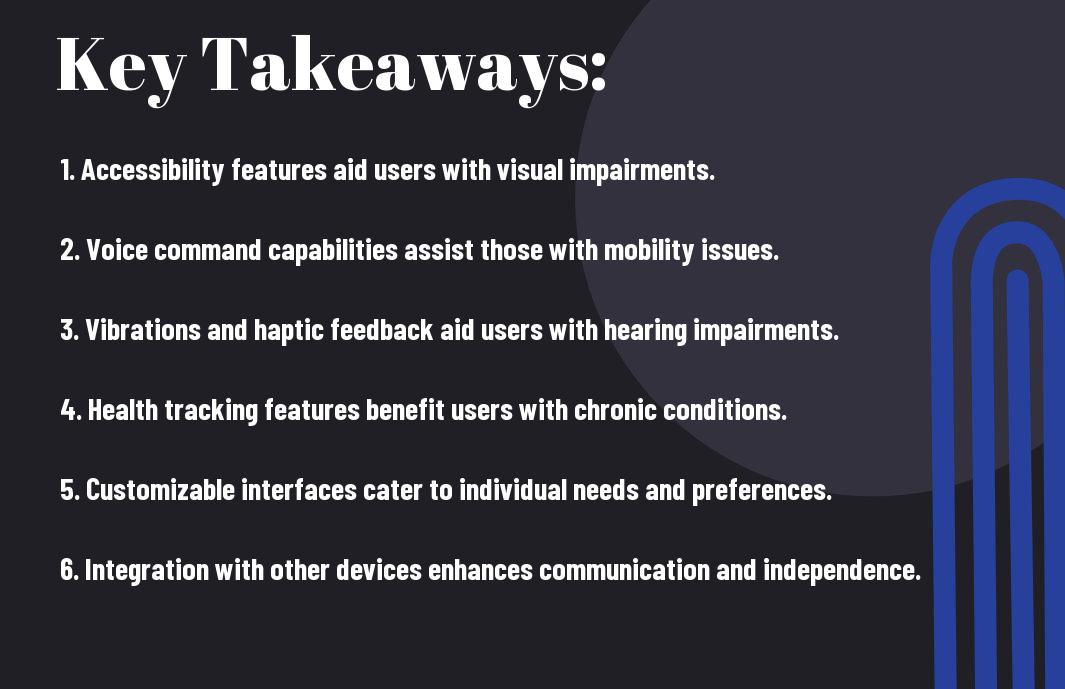
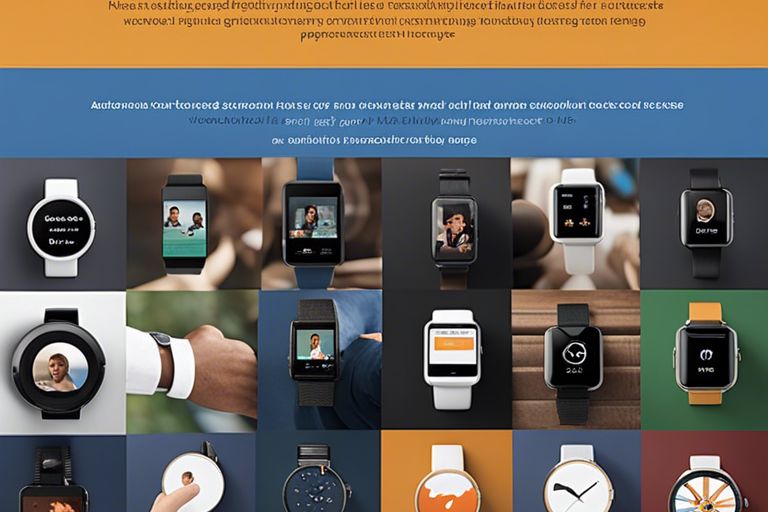
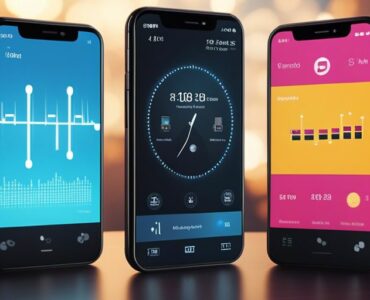
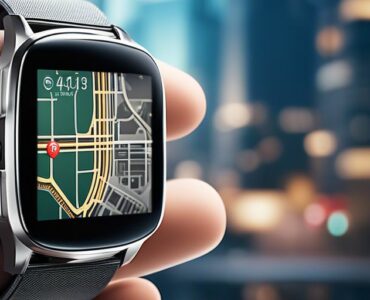
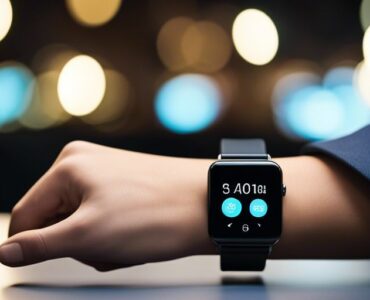





Add comment